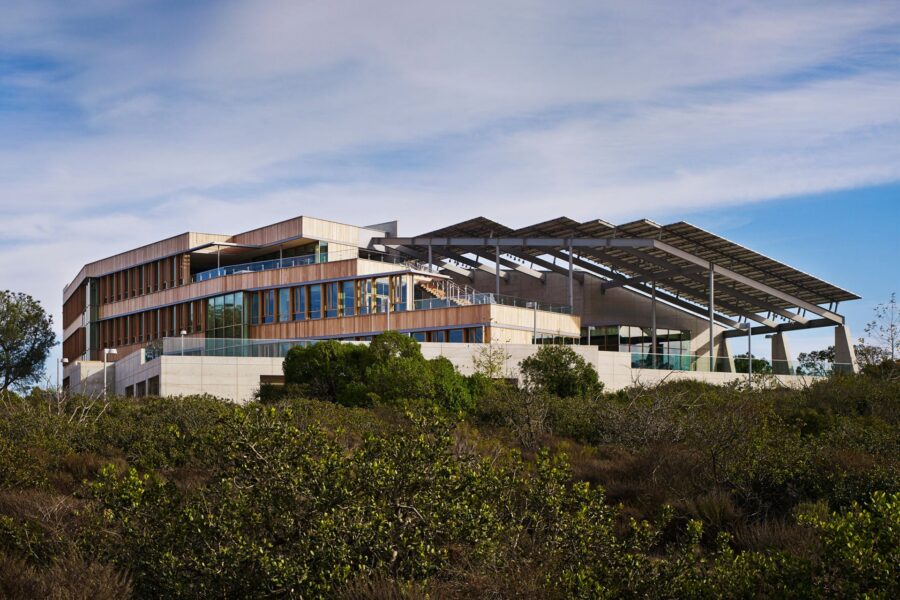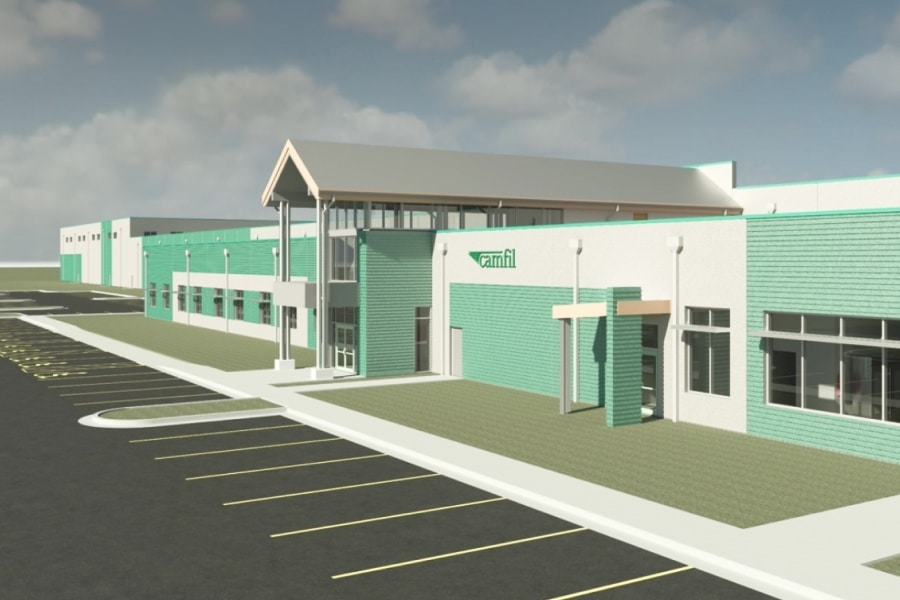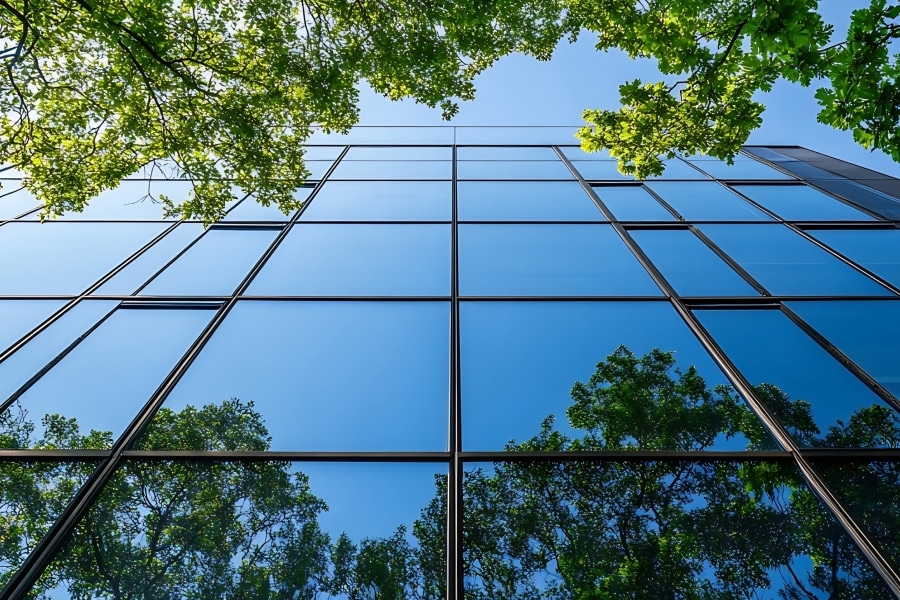Kimberly Kilgour, AIA, LEED AP, is a Principal and Project Manager at the Los Angeles office of ZGF Architects, LLP with more than 16 years of experience in the planning, design and coordination of various complex facilities. Kimberly recently shared with us what inspires her about design and project management, how she and her team created a net zero energy lab building, and how technology is evolving architects’ approach to project communication.
What part of the design process excites you the most?
It’s when the ideas or concepts start to become real. When you start to layer in challenges like budget constraints, schedule, constructability, etc., things really start to get interesting. Those constraints force the team to come up with some really creative solutions.
For example, one project I worked on, the Soka Performing Arts Center, in Aliso Viejo, CA, had specific acoustical requirements inside of the hall that dictated elements like the weight and angle of the walls, whether they were sound-reflective or sound-absorptive, even the surface textures of the walls and ceilings, in order to create a certain acoustical effect. We had to incorporate these very specific requirements but still create a space that was beautiful and met the client’s vision. And because of budget constraints, we had to combine the program elements for a concert hall and theater into one space. While the two functions often appeared to conflict with each other, the design team and client really collaborated, and the result was a highly flexible, intimate space that is easy to reconfigure for both theater and concert venues. Challenges like that are the reason I love this job, because there’s always something new to learn.
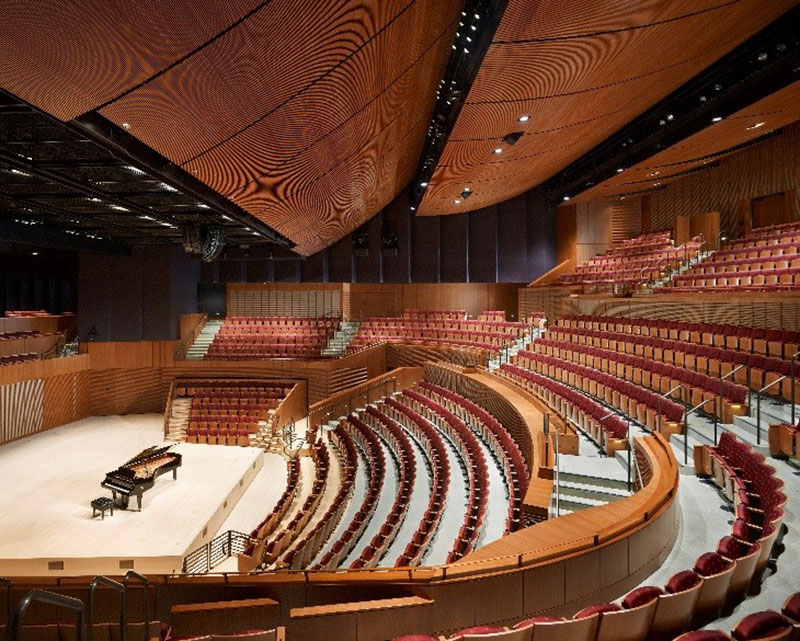
How do you collaborate with clients and your team during a project?
We usually work backwards from major milestones, whether it’s 100% schematic design or 100% design development. Internally, we develop a work plan that identifies what information is needed and by when for us to meet the deliverable. Our teams sit together, so we’re all within earshot of each other, and I’m convinced the majority of communication happens that way. We pick up on each other’s conversations and phone calls, which helps us stay connected.
“Our teams sit together, so we’re all within earshot of each other, and I’m convinced the majority of communication happens that way.”
In terms of collaborating with the client, we typically meet with them at regular intervals throughout the design phase to stay on track and keep things moving forward. It’s important for me that the client feels like they have a single point of contact in me as the project manager. The goal is not to create a bottleneck but to be a facilitator so that nothing falls through the cracks.
What are some recent projects that you worked on?
I’m currently working on two fantastic projects. The first is an 8-story, 20-courtroom family courthouse under construction in San Jose, California—the Santa Clara Family Justice Center Courthouse. It will be dedicated to family law, and will accommodate five different courtroom types, as well as a number of support functions such as the family clerk’s office, a self-help center and county agencies. The idea is to make it easier for people to access some of the social services they need when experiencing family court issues by putting these services under the same roof.
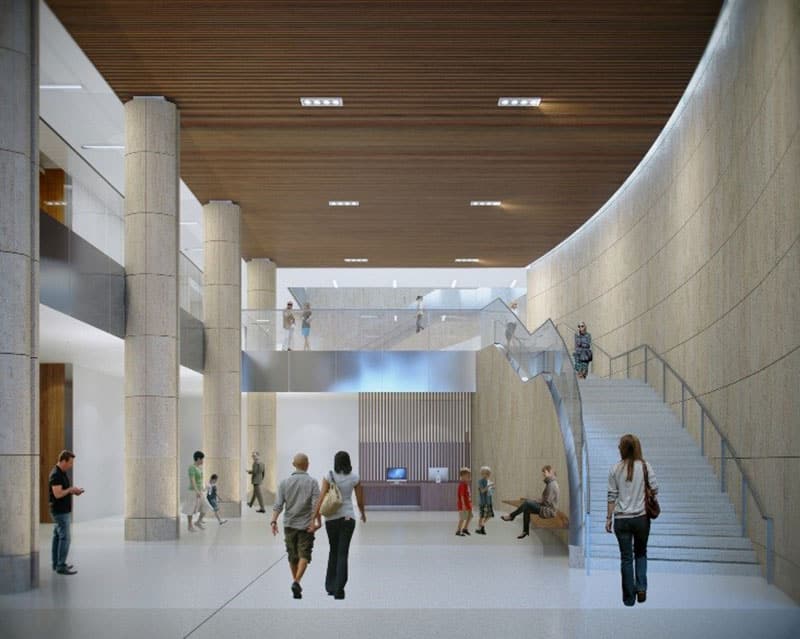
The second project I’m working on is the Samuel Oschin Air and Space Center at the California Science Center, which is currently in design. The project will add approximately 200,000 square feet of new gallery space and house the space shuttle Endeavour, an orbiter that was part of the space exploration program from 1992 until 2011. It’s an interesting challenge since the shuttle will be displayed vertically, in launch position.
Is there one project in particular you’re especially proud of?
It’s hard to choose, but I’m very proud of the J. Craig Venter Institute, a 44,000 square foot lab facility that completed construction in November 2014. The institute came to us with high goals for sustainability, specifically water and energy conservation and on-site power generation. The building ended up achieving its water conservation goals by incorporating large retention tanks to collect and recycle water for the whole site and a good portion of the building. The collected water is reused for non-potable functions, reducing the demand for potable water by two thirds of what a comparable lab building might use.
“To achieve net zero energy status, we focused on reducing the demand for energy and providing on-site power. Architecturally, we optimized the building orientation and massing and incorporated a very efficient skin.”
To achieve net zero energy status, we focused on reducing the demand for energy and providing on-site power. Architecturally, we optimized the building orientation and massing and incorporated a very efficient skin. We then focused on optimizing the MEP and lighting systems including the use of chilled beams and a sophisticated air monitoring system that allowed us to reduce the air change rate to well below what is typical of a lab building. To provide power, we provided a 1/2 MW solar array that produces 850,000 kWh per year.
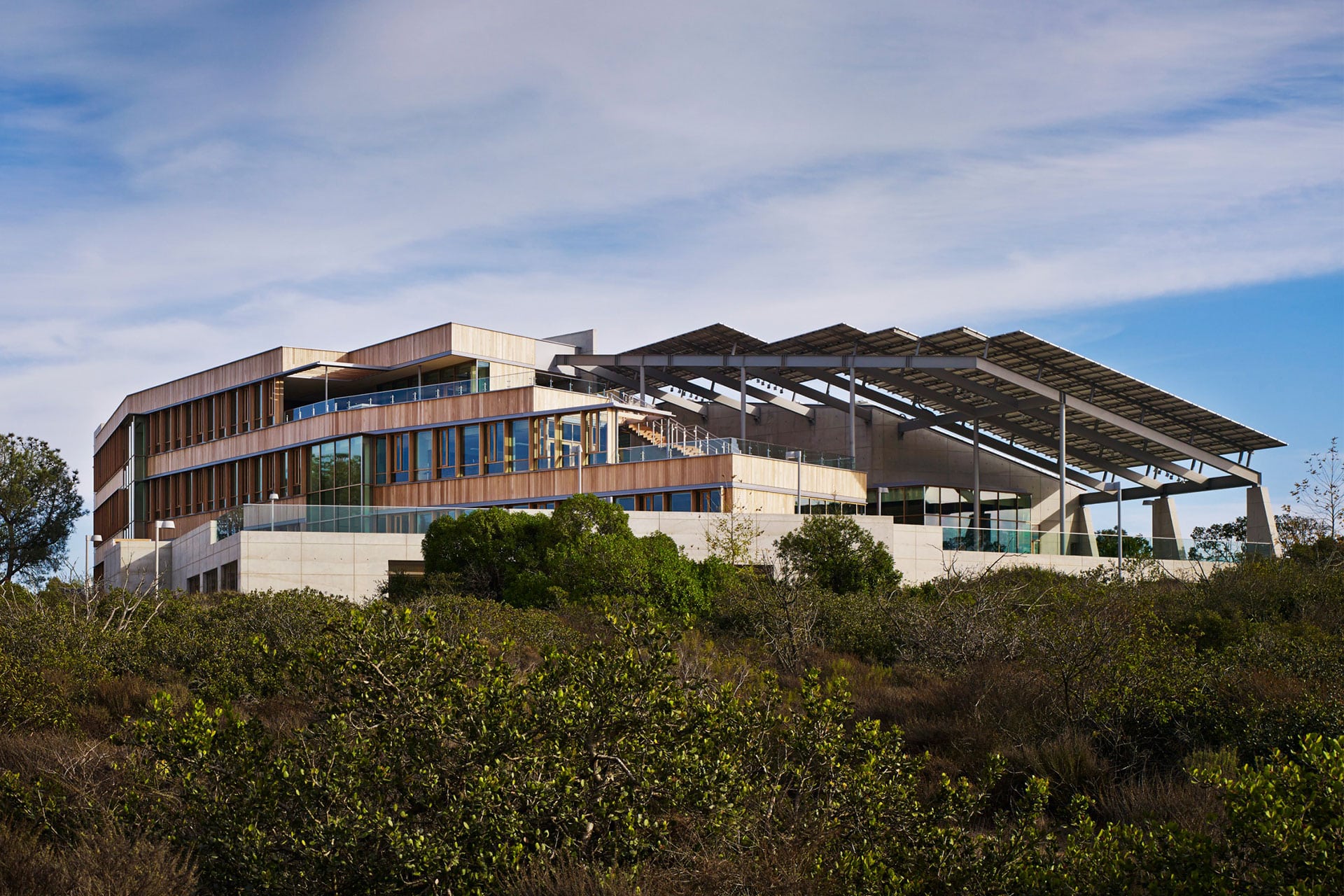
How has technology helped you do your job more effectively?
Technology has really changed how we do things, and it continues to evolve. During design it’s made it easier to communicate. Because we are now modeling projects in Revit, it’s much easier to generate 3D views. This has helped us communicate to clients who often struggle to understand plans and elevations. Because we have the 3D Revit model, we can coordinate complex systems three dimensionally during design in a way that wasn’t possible before, and we are seeing 3D clash detection occurring earlier in the process.
Do you have any advice for those starting their careers in architecture?
There’s so much to learn in the field of architecture. I would encourage anyone starting out to keep an open mind, ask a lot of questions, and really listen to what goes on around them in the office, because you can learn so much from your colleagues.
“Get a good strong foundation and don’t worry about specializing too soon.”
I also encourage people to expose themselves to as many project types, phases and different people as they can. Get a good strong foundation and don’t worry about specializing too soon. Also, seek out a mentor and be a mentor to others.
Be sure to check out part two of our discussion with Kimberly to learn more about the challenges of building the space shuttle Endeavour’s forever home.

